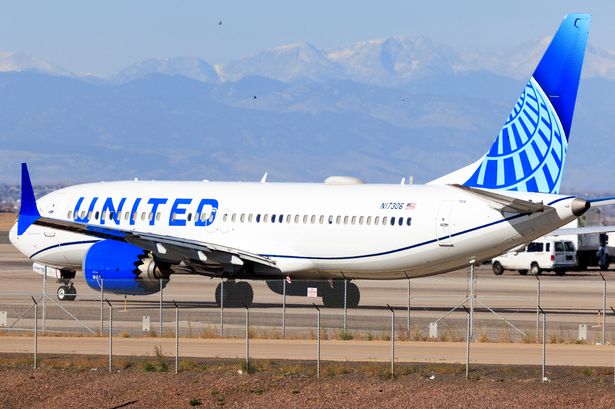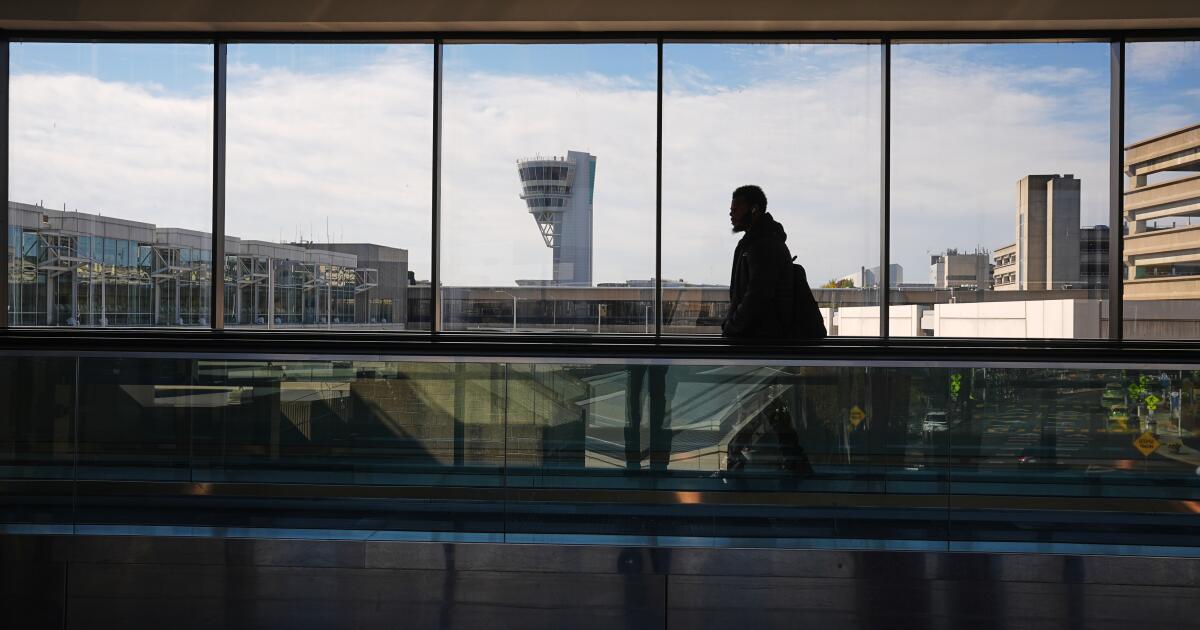Margit Lake sneaked “multiple miniature bottles” of vodka onto the plane before it took off from San Francisco for London Heathrow, and had to be taken to hospital upon arrival
A United Airlines stewardess was ten times the legal limit to fly after downing a vast quantity of vodka on a transatlantic jet.
Margit Lake, 56, sneaked “multiple miniature bottles” of the spirit onto the ten-hour flight from San Francisco to Heathrow on 17 October. She drank some and needed to be taken to hospital after the Boeing 777 landed in west London.
A court heard the Californian flight attendant had low blood pressure and paramedics “smelt alcohol on her breath.” A blood test later revealed Lake had 216 milligrams of alcohol per 100 millilitres in her blood — more than ten times the legal limit.
Uxbridge Magistrates’ Court heard yesterday Lake, who had worked for United Airlines for 26 years, resigned from her job following the misdemeanour.
READ MORE: Virgin Atlantic passenger with severe allergy was horrified to see dessert on flightREAD MORE: Drunk Jet2 thug causes holiday flight to be diverted after spitting on passenger
The legal limit for flight attendants in the UK is 20 milligrams per 100 millilitres of blood, the court was told. Wearing a black cardigan there, Lake admitted performing an aviation function when over the alcohol limit.
Ben Lansbury, defending, said Lake had been feeling “isolated”, was estranged from her family and “had been dealing with grief.” Mr Lansbury said: “She had the alcohol because she needed to calm down. It was something of a shock to her as to what happened. She deeply regrets what happened.
“Ms Lake has been attending Alcoholics Anonymous almost daily since the last hearing. She is supported by colleagues here in the UK and they sit in the back of the court.”
Magistrate Tony Delliston told her: “We are not going to commit this to the crown court. We can deal with this here. You are not going to prison. We are going to deal with this with a financial penalty.”
Lake was fined £1,461 financial penalty, a £584 victim surcharge and £85 in court costs.
- It comes as a TUI flight attendant was left seriously injured following a horror fall from a plane at East Midlands Airport after the flight steps were pushed away. The woman, a senior crew member who had over 36 years of experience, was closing the aircraft’s front door when she put her left foot on the steps. Despite her best efforts to hang onto the door, she fell through the gap and to the ground, breaking multiple bones, an Air Accident Investigations Branch (AAIB) report has revealed. The incident occurred on December 16, 2024, with the flight bound for Lanzarote being delayed after the accident. The AAIB investigation found the step removal occurred despite the aircraft door being open.


